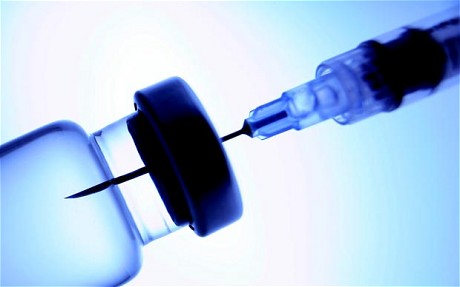- when you cut yourself / are injured, you are at risk of losing blood
- platelets are fragments of cells
- platelets are produced in the bone marrow
EVERYTHING IS EXPLAINED :D
Platelets release chemicals when there is an open wound that turn fibrinogen into fibrin, which is a solid. This forms a mesh which traps red blood cells. It eventually dries over to form a scab, and underneath, the tissue begins to repair itself.
(life hack - if you want a wound to heal quickly, don't try to pull of the scab!!)
 |
| Figure 1: A lovely picture of trapped red blood cells under the mesh of fibrin - view from a microscope :) |
IN SUPER SIMPLE STEPS
P - Platelets release chemicals
FiFi - Fibrinogen turns to fibrin
M - Mesh is formed
T - Traps red blood cells
D - Dries over
S - Scab forms
R - Repair happens in tissue underneath scab
HOW TO REMEMBER THAT
Papa Fifi makes tiny dark snakes run
(whatever works for you, really)
OR
Here's an embarrassing song which might actually help:
*to the tune of twinkle twinkle little star*
Platelets release chemicals
Fibrinogen turns to fibrin.
Mesh is formed,
Traps red blood cells
It dries over
Scabs are formed
Tissue begins to repair
*insert final line here*
Again, whatever works for you. I was just...having a musical moment. Great. Now I've put it out there for the internet to see. Oh well, if it works, it's worth it :)






